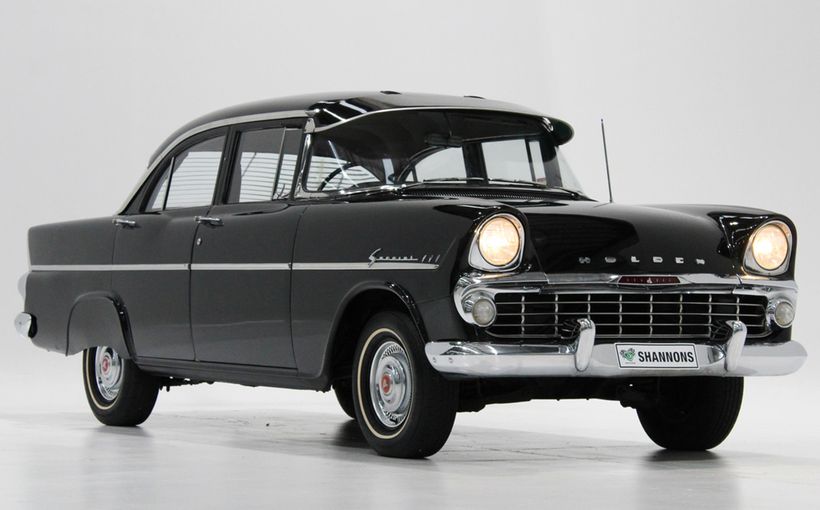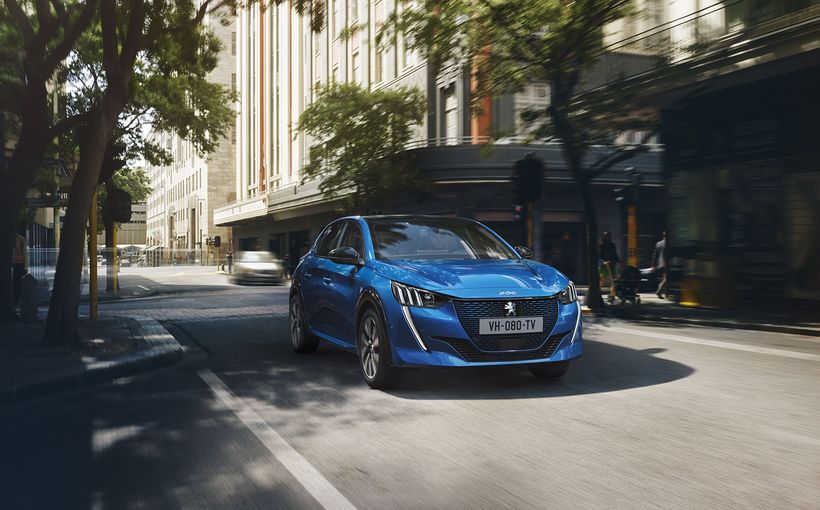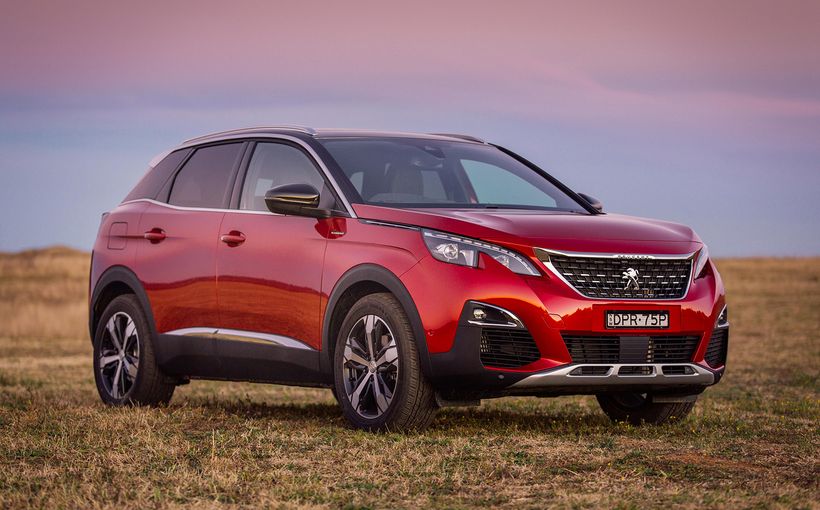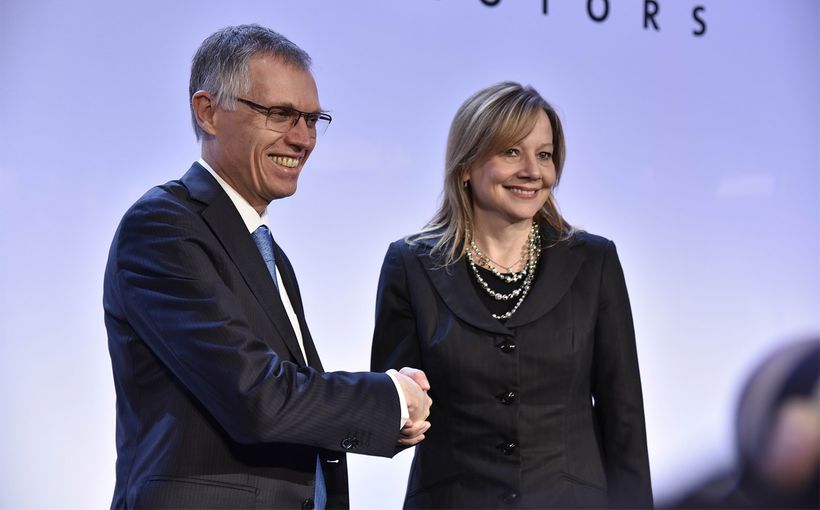Peugeot 203 and 403: the first 'world cars' for the postwar era?

'The harder I work, the luckier I get.' This laconic aphorism might have been coined to sum up the efforts of the Peugeot car company in the first generation after World War Two as expressed in its 203, 403, 404 and 504 models. Here we consider the first two of these: the 203 which was launched in Europe in 1948 and assembled in Australia from 1953, and the 403, introduced both in Europe and locally in 1955. They were so well suited to assorted markets that they really anticipated GM's 'World Car', the V-Car of the mid to late 1970s which sold here as the Commodore.
Lucky? It was absolutely no fluke that the Peugeot 203 was hugely successful almost wherever it was sold. The engineering brilliance it incorporated was the work of a notably focused company which made bicycles and many other items before it got on to cars in 1904.
When Maitland pharmacist Ken Tubman drove his Peugeot 203 to victory in the first Redex Trial aficionados of the marque were not surprised, but the punters were. In its October 1953 edition Wheels magazine declared: "the myth that the only car suited to Australian conditions was the large American vehicle had been exploded." The writer must have forgotten about the Holden, a car which had been specifically and exhaustively engineered for this country.

Without discussing the Redex Trial, it is easy to point to the 203"s advantages over nearly all rivals. In the postwar era it was rare indeed to find an automotive manufacturer that still built its own dampers, but Peugeot did. While Aussies perhaps liked to think that local country roads were the world"s toughest, the truth is that rural France issued harsh demands of its own. The 203 had rugged, long travel suspension with a well located rear axle with torque tube. It used a transverse leaf up front. This car had a supple ride at odds with its physical dimensions. So chalk up superior suspension as one advantage.
Gearing was another. The key point here is that fourth (top) gear was overdriven. Let"s briefly compare the 203 with Australia's favourite 1953 car and also the model that had topped the sales charts in the late 1940s and very early 1950s. The Holden was ubiquitous by 1953 but demand had exceeded supply in the early years and the Austin A40 Devon had been the top seller until GM-H was able to turn the 48-215 out in sufficient numbers to satisfy the market. The Holden had a three-speed gearbox. The A40 had an extra ratio. But while "Australia's Own" had American-style tall gearing, the Austin had been conceived in a country ravaged by the war and still afflicted with rations and associated social/economic austerity until well into the 1950s. Even though it was exported to the US the A40'"'s speed capability was pure late 1940s Britain.
To a great extent such differences were cultural, shaped by the automotive expectations in different environments. There were no motorways in Britain. By contrast, the 1,131 cc Volkswagen was conceived as an autobahn cruiser. While its top speed in overdrive top was just 62 (as tested by The Autocar in 1953), the engine was revving at about 2900. By contrast, the Austin A30 selling in the same class and with the same top speed required upwards of 4800 rpm. Even expensive British cars were typically low-geared. The 1952 3.4-litre Armstrong-Siddeley Sapphire delivered just 20.2 mph per 1000 rpm and my father"s 1950 2.3-litre Whitley 16.1, amounting to almost 5000 at the maximum road speed of 80. British cars, even many upmarket ones were simply not designed for sustained speeds of more than 60-65, especially in the five to seven years after the war. In 1953 The Autocar lauded the MG-engined (1,250 cc XPAG, single carburettor, 46 bhp compared with 55 for the twin-carb TD Midget of the period ) Wolseley 4/44 for its cruising performance:
The middle range of top gear acceleration is quite strong and satisfying. The engine remains smooth and happy up to practically its maximum, and for miles at a stretch, over exceptional roads during an all-night run, the speed was held at 60-65 mph true speed.
Tachometers were in those days reserved for performance cars but that little Wolseley was doing 4200 rpm at 60. The Peugeot 203, at those revs, would be travelling slightly more than 70. As for what is noted as "the middle range of top gear acceleration", the Pug driver would still be in third.
Returning to the three-way comparison between the 203, the Austin A40 Devon and the Holden, it is interesting to note that the capacity difference between the French car and the English one was just 90 cc to the advantage of the Peugeot - 1,290 to 1,200. But this was a far more technically advanced unit with wet cylinder sleeves and hemispherical combustion chambers. The 203 could reach 71 miles per hour, three or so more than the A40. The key difference though was that its overdrive enabled the 203 to cruise at top speed or very close to it while the A40"s extremely low gearing made speeds north of 45 prohibitive for any stretch of time. As for the grey-engined Holden, despite its high 80 miles per hour maximum, its ideal cruising speed was between 60 and 65; sustain upwards of 70 and you risked running the bearings.

In the real world, then, the Peugeot 203 with its speedo indicating a slightly optimistic 75 at 4000 rpm was capable of keeping company with the Holden as long as steep gradients were not involved. But as soon as the roads grew twisty, it was off into the future.
The 203 with the alluring combination of advanced engine technology, tall gearing and superb dynamics was unique in its own market sector and unusual in the entire gamut of late 1940s/early 1950s motoring.
So over long distances on poor roads, it's easy to see how a 1.3-litre Peugeot could throw down the gauntlet to the Holden while driving effortlessly away from the A40. The point here is that the Austin was a pretty typical four-cylinder car of its time, while the Wolseley 4/44 discussed above was seen as a quasi-sports sedan.
No question, that Redex victory gave Peugeot sales a momentum beyond the imagination of any advertising campaign. Australian assembly began in the year of the Redex victory. The work was done by Harden and Johnson in Sydney and Canada Cycle and Motor Company in Melbourne. Sales tallies were strong: 1,196 in 1954, 1,645 in 1955 and 1,719 in 1956.
The first version was superseded by the 203A in 1954. Like the original it had a sliding steel sunroof and central taillight. The "A" was on the market for only a few months before being superseded- somewhat eccentrically - by the 203C with its bigger rear window and three extra horsepower, now 45 instead of 42. With this model, Peugeot drove even further ahead of rivals with the addition of synchromesh to bottom gear.
In 1954 Peugeot was one of very few manufacturers to offer a fully synchronised gearbox in a mainstream family sedan. Three ratios with synchro only on the upper two and a fair old gap between first and second was a far more common arrangement. Mind you, the Peugeot gearshift was not only uncommon but downright weird: to engage first on the column setup, you pushed forward pretty much in parallel with the column itself then down. Second and third were spring-loaded and in the same plane nearer the driver and with second above third. To engage overdrive top, you had to let the lever come into neutral then pull it towards you then up, parallel to second. Once mastered it was a wonderful thing but some drivers lacked the application. Peugeot persisted with this arguably perverse configuration until the late 1960s when the last of the 404s got a more conventional shift, albeit with first and second closer to the dashboard, a-la the Austin A50 Cambridge and Hillman Minx.
Another merit of the 203C was its camping body (for an era when some motorists might camp in the family sedan given such a feature); the front seats folded flat. There were twin taillights.

Peugeot was not in those days a company to rush the old model off the market as soon as the new one appeared. So the 203 remained on sale in Europe until 1960, half a decade since the 403's debut and the same year as the introduction of the 404! (And the 403 would linger on for five years alongside the 404.) Even in 1960, the old stager was far from obsolete. Critics of "funny French cars" (as the late Bill Tuckey and alter ego Romsey Quints liked to term them) could be reminded not only of Redex glory but second outright and class victory in the 1954 Monte Carlo Rally, no less.
The 403 took up where the 203 hadn"t yet left off. This was a bigger car with an engine to match. The wet-sleeve four was enlarged from 1290 to 1468cc. Power was up from 45 to 58 horsepower. Maximum speed climbed to a Holden-matching 128-130 km/h and the comparison between the homegrown sixpack and the French machine is worth revisiting.
Peugeot 403s were highly sought as used cars in the mid to late 1960s and there were many tales of derring-do in which hard-driven Pugs vanquished FE Holdens. This 1956 model was no quicker in the real world than a 48-215 or FJ. Despite a claimed power increase from 60 to 70, the FE lost any extra grunt to avoirdupois and it still had a three-speed gearbox without synchromesh on first.

There's another point about performance to be made here and that's what used to be known as "point to point". Like its predecessor, the 403 had magnificently direct rack and pinion steering and adroit handling. Through corners and over corrugated or broken surfaces, a well-driven car would leave an FE wallowing far behind. The extra gear ratio and the easy engagement of first for a spot of off-road work were bonuses.
The Redex Trial was not entirely representative of country driving in the Australia of 1953. In my two histories of Holden (Heart of the Lion and Special: the Untold Story of Australia's Holden), I have written about the 48-215's brilliance in the context of the very late 1940s and early 1950s. Without doubt this first model and its FJ successor were the best cars in the world…for Australia.
Consider the Hume "Highway" as it was then - undivided, hilly, frequented by slow and poorly lit trucks. The Peugeot 203 suffered most of the disadvantages of the A40 when it came to handling an interstate trip; climbing the hills with all the family and luggage on board and overtaking trucks was tough work. The torquey six-cylinder Holden, by contrast, filled the same role as well as or better than earlier Chevies and V8 Fords.

With the advent of the 403, the French marque had overcome most of this deficit. Its third gear yielded good acceleration and a maximum of some 65 miles per hour, so it could overtake a truck as well as a Holden, which ran out of second gear at 50 and had to rely on torque in top gear.
Even this is not the whole point. The Peugeot 403 was a driver's delight, precise, beautifully balanced, supple, subtle.
Arguably, then, in 1957 the Peugeot 403 had taken over the mantle as the best car in the world for Australia. The only real caveat was towing.

The 403 was also available as a wagon with more room than an FE Station Sedan. The versatility of the wagon's huge load area and reclining front seats gave it superior versatility to the Holden.
The 403 had a lovely roomy cabin, a bigger boot, and slick styling by the Italian maestro, Farina (the ‘Pininfarina' appellation coming later). There was a greater ambience of luxury and style which marked Peugeot's adoption of three-box styling, a year before Holden's. No question, here was a classically pure design which would - and has - aged gracefully; compare a 403 with, say, a Simca Aronde or Renault Fregate. There is even a case to be argued that it now looks less dated than a 404, especially when you watch grainy black and white footage of a 403 elbowing Morris Majors aside at the start of the 1961 (I think) Armstrong 500.
If the 203 still seemed advanced in the Australian automotive world of 1955, then the 403 was like the family sedan of the coming decade, at least to those who could think - with post-Redex awareness - beyond the dictum that a car for Australia needed a six-cylinder or V8 engine. The 403 quickly won admiration from those astute enough to entertain the possibility that a 1.5-litre French sedan could be compared favourably with the 2.2-litre Holden. Many - probably most - of those who actually drove one any distance acknowledged its superiority over the Holden in practically every significant area of automotive design; it was more comfortable, rode much better, steered like a sports car, had a higher cruising speed, used less fuel and had a level of standard equipment that bespoke a degree of civilisation unshared by any American-inspired sedan on offer in this country.

In 1958 the 403 Deluxe with bright two-tone paint combinations took the visual battle, as it were, up to the FC Holden Special. Foam seats further improved comfort. Peak power jumped to 65 horsepower.
The model came in three popular configurations - sedan, wagon and utility. The now rare 1958 Vanette panel van was a sales flop and was quietly discontinued after a couple of years.
Three years later the 403B got reconfigured two-toning for a cleaner though still striking appearance. Gearing was lowered to improve acceleration but without negative impact on fuel economy. Telescopic dampers replaced the lever-style units that had stood up to Australia unlike the same type deployed in various lurching Austins.

The 403 was the first Peugeot to notch up a million sales, reaching this milestone in1963. In many respects it could be considered the first world car of its size, selling strongly not only in continental Europe but also in Britain, the US and Australia. It took Holden 14 years to achieve a total production of 1,000,000 across all models up to and including the EJ, a Euroa Gold with Atheron White roof Premier being the millionth.
In summary, the rear-wheel drive Peugeots from the 203 through to the 505 were distinctive and highly competent cars. Only the 505 did not constitute a huge step forward from its predecessor. Slowly, the world caught up, but from 1953 and that Redex Trial win through to the 1961 403B, the Peugeot when properly appreciated and driven was superior to any four-cylinder sedan, with the possible exception of that other French machine, the Citroën Diesse. The 403 was a better car than the FE and FC Holdens, although only enthusiastic motorists and converts understood its excellence. Perhaps the best way to appreciate the 403 is to think of it as being the precursor to the Volvo 122S, but far better value for money.












